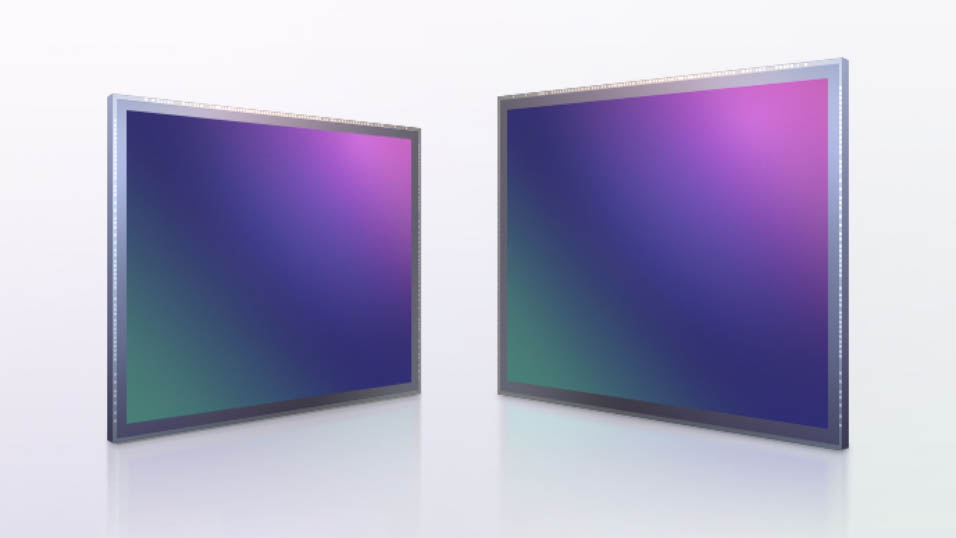This is Samsung's 200MP, 8K image sensor for your smartphone
Samsung has developed the world's first 200MP sensor for smartphones, which will support 8K video

Samsung has released a video showcasing its new 200MP image sensor, which looks set to revolutionize photography and video using your phone.
In the video (below), Samsung's sensor design team member Minko Kwon delves into the technology behind the transformative 200MP ISOCELL HP1 sensor. First announced at the beginning of September, it promises exceptional image quality and 8K video recording – surpassing even the amazing quality of the Samsung Galaxy S21 Ultra.
• Read more: Best camera phones
Kwon explains how the sensor uses pixel binning to make each 0.64μm pixel 'bigger' depending on what mode is being used. Pixel binning combines adjacent pixels to improve signal-to-noise ratio and frame-rate, which helps produce, crisp, clear detail. When pixel binning in a 4:1 ratio for 8K video, the equivalent pixel size is 1.28μm or 2.56μm when adopting a 16:1 mode, which is used to reduce noise in low light environments.
Samsung’s 200MP sensor makes it possible for a phone camera to detect details that the human eye struggles to see, and means that you can crop into an image but maintain image quality.
Watch video: Samsung's 200MP image sensor
Using a color filter array set up, Samsung has designed the sensor so that each of the primary colors covers a 4x4 group of photodiodes – effectively a Bayer pattern. When shooting in high-res mode, Samsung uses an algorithm called re-mosaicing – which means that the sensor inserts R, G and B values within these regions.
Get the Digital Camera World Newsletter
The best camera deals, reviews, product advice, and unmissable photography news, direct to your inbox!
Based on the individual pixel size, it's expected that the HP1 sensor will be around 10.5 x 8mm or 1/1.22-inches. This is large for a smartphone sensor, which are usually around 6.17 x 4.55mm or 1/2.55-inch.
The ISOCELL HP1's stills and video quality are likely to be hard to beat. It will support 8K video at 30fps, 4K video at 120fps, and features staggered HDR that will enable you to shoot images with more dynamic range, while the double super PD offers quicker and more accurate phase detect autofocus with a double AF pixel density.
Samsung hasn't yet announced when the sensor will be widely available, as it's still undergoing sampling, but according to Sam Mobile it could be sometime next year – and you can bet that the next generation of Android phones will make use of it as soon as possible.
Read more:
Best Samsung phone
Best 5G phone
Best gimbals for your phone
Best budget camera phone

Having studied Journalism and Public Relations at the University of the West of England Hannah developed a love for photography through a module on photojournalism. She specializes in Portrait, Fashion and lifestyle photography but has more recently branched out in the world of stylized product photography. Hannah spent three years working at Wex Photo Video as a Senior Sales Assistant, using her experience and knowledge of cameras to help people buy the equipment that is right for them. With eight years experience working with studio lighting, Hannah has run many successful workshops teaching people how to use different lighting setups.

